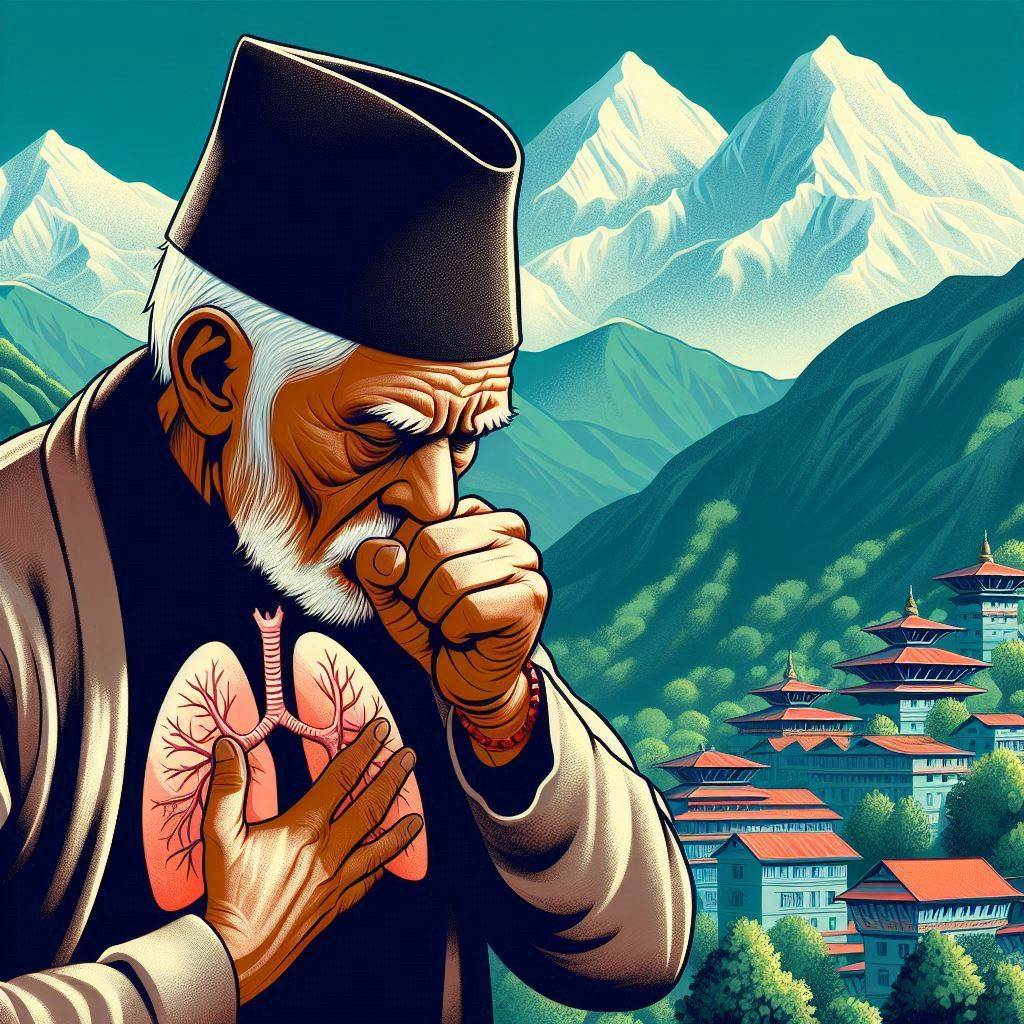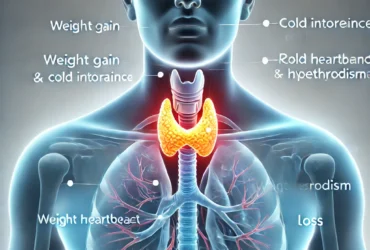Introduction
Tuberculosis (TB) remains a significant public health concern in Nepal. It is an infectious disease caused by Mycobacterium tuberculosis, primarily affecting the lungs but potentially spreading to other parts of the body. Nepal has a high TB burden, and efforts are ongoing to control its spread through early diagnosis, treatment, and public health interventions.
Causes and Transmission
TB is spread through the air when an infected person coughs, sneezes, or talks. The bacteria can remain suspended in the air, making transmission easy in crowded or poorly ventilated spaces.
Symptoms of Tuberculosis
TB symptoms vary depending on the organs affected, but the most common signs include:
- Persistent cough lasting more than three weeks
- Coughing up blood (hemoptysis)
- Chest pain
- Unexplained weight loss
- Fever and night sweats
- Fatigue and weakness
- Loss of appetite
Types of Tuberculosis
- Pulmonary TB – Affects the lungs and is the most common form.
- Extrapulmonary TB – Affects other body parts such as lymph nodes, bones, brain, kidneys, and spine.
- Latent TB – The bacteria remain in the body without causing symptoms, but the infection can become active later.
- Drug-Resistant TB – TB that does not respond to standard treatments due to antibiotic resistance.
Diagnosis of TB
- Sputum Test (AFB Smear & Culture) – Examining mucus from the lungs for TB bacteria.
- GeneXpert Test – A rapid molecular test detecting TB and drug resistance.
- Chest X-ray – Helps identify lung abnormalities.
- Tuberculin Skin Test (Mantoux Test) – A screening test for latent TB infection.
- Blood Tests – Interferon-Gamma Release Assays (IGRAs) can detect TB infection.
Treatment of Tuberculosis
TB is treatable with a combination of antibiotics taken for 6 to 9 months. The standard regimen includes:
- First-Line Drugs – Isoniazid, Rifampicin, Ethambutol, and Pyrazinamide.
- Directly Observed Treatment, Short-Course (DOTS) – A WHO-recommended strategy ensuring patients complete their treatment.
- Multidrug-Resistant TB (MDR-TB) Treatment – Requires longer therapy with second-line drugs.
Tuberculosis Prevention in Nepal
- Early Diagnosis and Treatment – Prevents further spread.
- BCG Vaccination – Administered at birth to provide some protection.
- Good Hygiene and Ventilation – Reducing airborne transmission.
- Proper Nutrition and Immunity Boosting – Helps in preventing infection.
Challenges in TB Control in Nepal
- High Prevalence in Rural Areas – Limited access to healthcare facilities.
- Drug-Resistant TB – Increasing cases due to incomplete treatment.
- Co-Infection with HIV – TB is a leading cause of death among HIV-positive individuals.
- Stigma and Lack of Awareness – Many patients delay seeking treatment due to social stigma.
Conclusion
Tuberculosis is a serious but preventable and treatable disease. Nepal is actively working toward TB control through national programs, early detection, and effective treatment. Public awareness, improved healthcare access, and adherence to treatment protocols are crucial in reducing the TB burden. If you have persistent symptoms, seek medical attention for early diagnosis and treatment.






